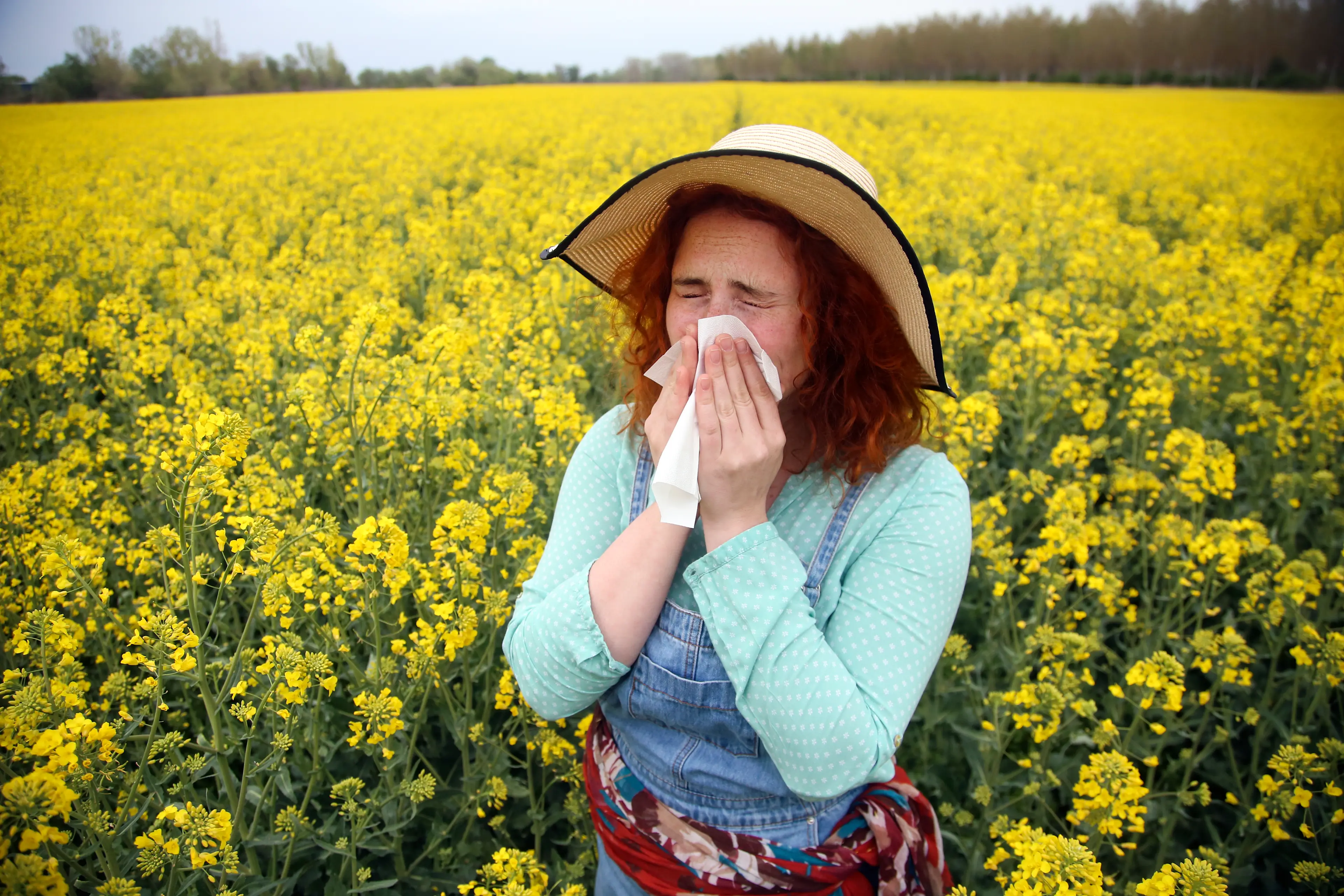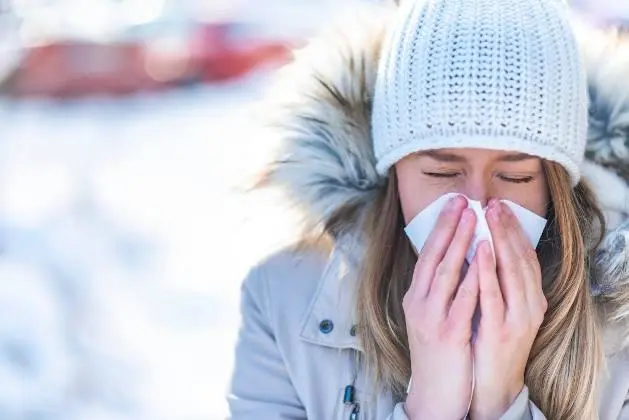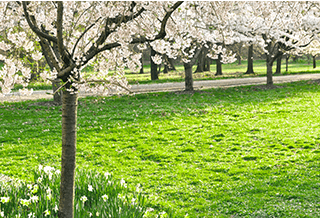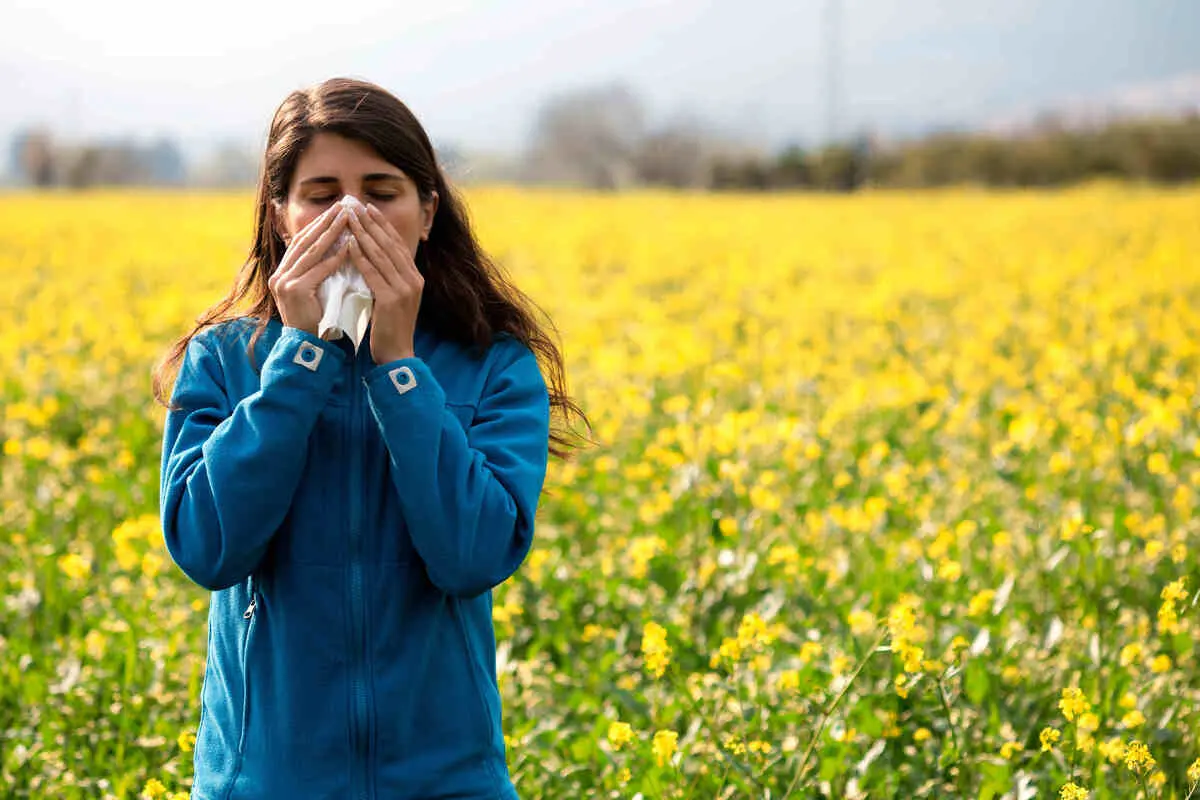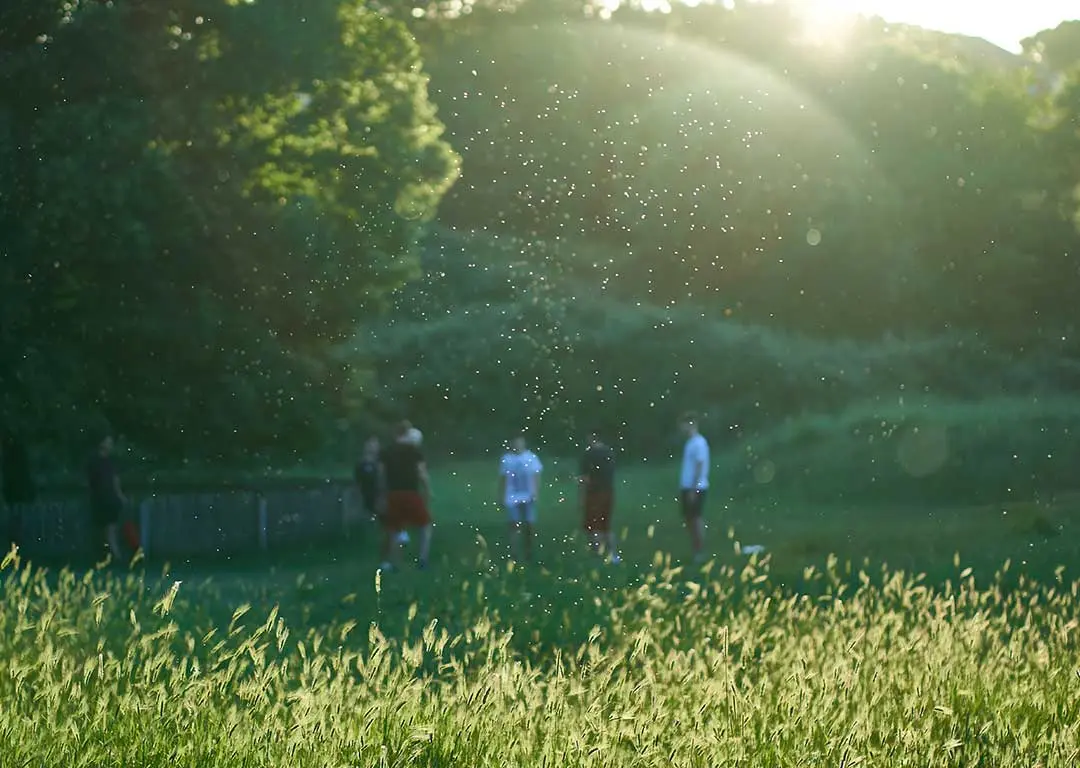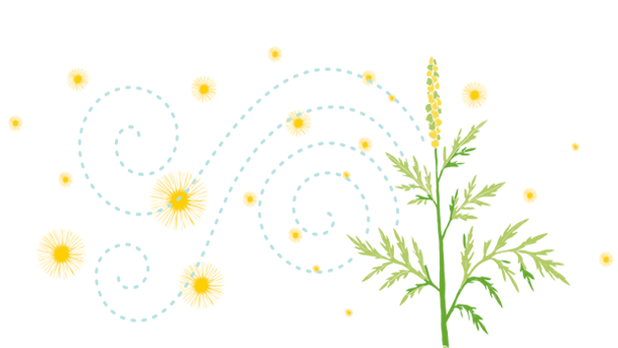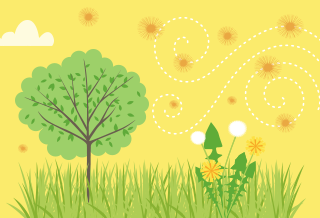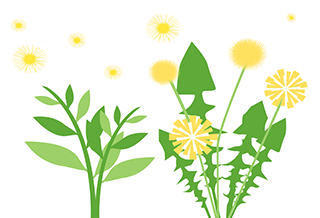1. What it is
When people talk about hay fever, they’re really referring to the symptoms of outdoor grass, tree and weed pollen allergies, generally known as seasonal allergies. Hay fever is a result of an immune system that is overly sensitive to certain grass & tree pollens. Up to twenty-five percent of Canadians suffer from hay fever.1
2. When it is in season
Hay fever allergies usually occur early spring to fall when trees, grasses, and weeds release tiny pollen particles into the air to fertilize other plants.
3. What to watch out for
Seasonal allergies encompass a wide range of grasses, trees and weeds that are present in the warmer months.
4. What to know
Learn to recognize the types of seasonal allergens that trigger your symptoms.
5. What to do
Try not to go out between 5 a.m. and 10 a.m. when pollen is commonly released.2 If you do, cover up with a hat, gloves, glasses, paper mask and long-sleeve t-shirt.
Shower after being outdoors to remove pollen from your skin and hair.
Think about replacing your grass lawn with low pollen ground cover or pollen-free features like rocks, sand and water.
